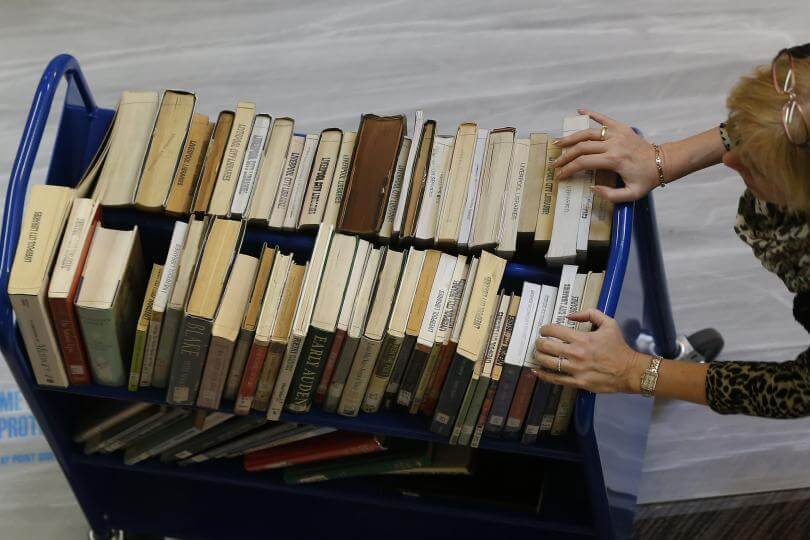Scientists, including one of Indian origin, have developed a new technology that can read pages of a closed book, an advance that may help archaeologists look into antique books without touching them.
Researchers, including Ramesh Raskar from Massachusetts Institute of Technology (MIT) in the US, tested a prototype of the system on a stack of papers, each with one letter printed on it. The system was able to correctly identify the letters on the top nine sheets.

“The Metropolitan Museum in New York showed a lot of interest in this, because they want to, for example, look into some antique books that they don’t even want to touch,“ said Barmak Heshmat, a research scientist at MIT. He said that the system could be used to analyse any materials organised in thin layers, such as coatings on machine parts or pharmaceuticals.
The researchers from MIT and Georgia Institute of Technology in the US developed the algorithms that acquire images from individual sheets in stacks of paper, and interprets the often distorted or incomplete images as individual letters.

The system uses terahertz radiation, the band of electromagnetic radiation between microwaves and infrared light, which has several advantages over other types of waves that can penetrate surfaces, such as X-rays or sound waves.
(Feature image source: Twitter/@DeepStuff)

















